ActiveOutdoorsHow to find clean drinking water in the wild: 8 top tipsTips, tricks and techniques to finding drinking water in the outdoorsWhen you purchase through links on our site, we may earn an affiliate commission.Here’s how it works.
ActiveOutdoorsHow to find clean drinking water in the wild: 8 top tipsTips, tricks and techniques to finding drinking water in the outdoorsWhen you purchase through links on our site, we may earn an affiliate commission.Here’s how it works.
Tips, tricks and techniques to finding drinking water in the outdoors
When you purchase through links on our site, we may earn an affiliate commission.Here’s how it works.
(Image credit: Getty)
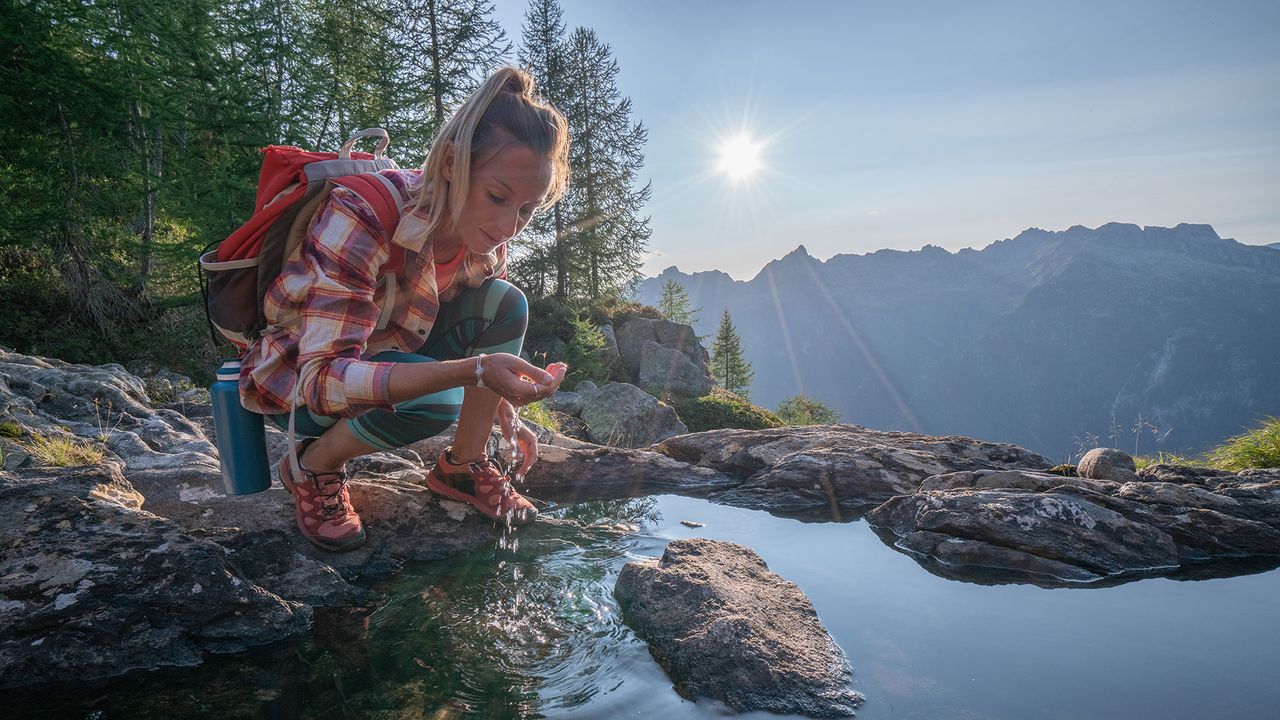
(Image credit: Getty)
Most of the time we’re lucky, and clean, drinkable water is just a twist of the tap away. So much so that most people don’t think about it at all in their daily lives. However, once you’re outdoors on an adventure the need to have clean water – and several litres a day at that – becomes suddenly more of a challenge.
Carrying it with you in one of thebest hiking water bottlesis one solution, and for shorter trips that’s a practical scheme. But for longer or more remote ventures, what do you do? There are a few differentways to purify water in the wild, and if you’ve had the foresight to invest and pack one of thebest water purifiers, you’re sorted. But if you know your stuff, you won’t even need to follow that additional step, as some water is perfectly safe to drink straight from the source. Here’s exactly how to find drinking water in the wild.
1. Local knowledge is the key
The best water sources are ones that are already known to be clean, so local knowledge is the most important way to find clean water. Depending on the area, there may be marked springs on maps, or local experts that can clue you in to the best spots.
2. Look for human evidence
3. Look for animal evidence
While animals leave a different type of evidence around good water sources, there’s still plenty of it if you look. Multiple hoofprints in the soft mud around a stream, well-worn trails leading to a lake or river are all good indicators that a spot is popular with the wildlife, and thus not a bad shout for you too, although that’s not 100% guaranteed. If you’re looking at a larger body of water, like a lake or river, then aquatic animals can be a good indicator of water quality.
Brown trout darting through the shallows of a clear river laden with healthy green water plants indicate a healthy environment, for example, and one you might consider gambling on drinking. A murky pond with scum on the surface or a suspicious odour and no visible animal life may well be contaminated, and should be avoided if at all possible.
4. Fast flow good, no flow bad
If there’s no obvious evidence either way, you’ll have to evaluate a water source for yourself, the best rule of thumb is that fastest flowing water is better than slower flowing, and still and stagnant is the worst. The old wives tales of dead animals in the river upstream might possibly be true, but very unlikely on balance. If in any doubt, heading upstream will get you better, cleaner water, so following up a mountain stream is a good technique.
Sign up to the T3 newsletter for smarter living straight to your inbox
Get all the latest news, reviews, deals and buying guides on gorgeous tech, home and active products from the T3 experts
5. Let the terrain guide you
Mountain streams may not all be marked on maps, but the lower, larger rivers and streams will be, so paying attention to the geography and terrain will serve you well - a steep sided mountain valley with a river at the bottom is likely to have streams running down to it. Equally, if in dire straits for water, it will collect at the lowest point, so going low will definitely find water - just it may not be the best to drink!
6. Dig for victory
If you have the means to filter the results then digging is a sure-fire way to find water. Find a boggy area, and/or one with unusually lush vegetation, and dig a hole. This should soon fill with groundwater, which might be muddy and unpalatable, but once filtered should be drinkable. A simple sand-based filter will remove mud and debris in a pinch, but not parasites or contaminants.
7. Above the snowline
Mountain streams are usually pretty safe to drink, thanks to a lack of human pollution high up, but if you’re above the snowline the obvious choice is to melt snow to drink. If you have a stove then melting enough snow to drink is relatively simple - just add snow gradually to a pan and you’ll have tea in no time. Another technique is to add small amounts of snow to your existing water bottle and keep it warm inside a jacket or tent, although this is a much more intensive procedure.
8. Look to the skies
One of the easiest ways to collect good quality drinking water is to catch rainwater, which needs little more than a container and a wet day. This can be scaled up in many ways to suit the situation, and is relatively hassle free, although not necessarily practical on a hiking holiday.

The new Aston Martin Vantage Roadster is drop-top perfectionHave we already found the most beautiful car of 2025?
Have we already found the most beautiful car of 2025?

SwitchBot launches world’s first multitasking household robot – here are 5 features I didn’t expectWhat exactly is a multitasking household robot, you might ask?
What exactly is a multitasking household robot, you might ask?

Change my mind: the smaller, the better with portable power stationsPut your portable power station to work when you’re not using it
Put your portable power station to work when you’re not using it

This rugged adventure Garmin is mega cheap in Walmart’s Black Friday saleThe Instinct 2 is a top watch for outdoor and sport enthusiasts
The Instinct 2 is a top watch for outdoor and sport enthusiasts
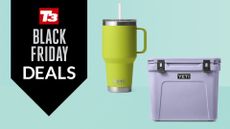
YETI’s best-selling products are ridiculously cheap in Amazon’s Black Friday saleFancy yourself a tumbler, rambler or cooler? Amazon’s reduced them all
Fancy yourself a tumbler, rambler or cooler? Amazon’s reduced them all

AKASO Seemor 200 night vision goggles review: unparalleled clarity for nighttime adventuresAKASO’s new NVD unlocks the night with cutting-edge colour vision technology
AKASO’s new NVD unlocks the night with cutting-edge colour vision technology
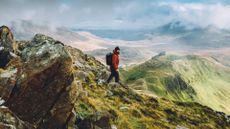
8 must-have hiking gadgets for tackling cold and wet trailsWhether it be wet and rainy, or super chilly, these 8 gadgets can make your outdoor adventure even more enjoyable
Whether it be wet and rainy, or super chilly, these 8 gadgets can make your outdoor adventure even more enjoyable
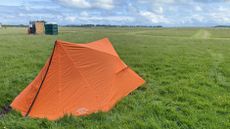
Vango Classic Instant 300 review: a festival-goer’s dream tentSuper quick to pitch and pull down, this reasonably priced tent is spacious, tall and well-featured for festival use
Super quick to pitch and pull down, this reasonably priced tent is spacious, tall and well-featured for festival use
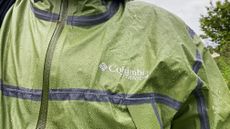
Is Columbia’s OutDry Extreme the best waterproof-breathable material that no one is using?ODX hasn’t revolutionised the outdoor apparel world in the way its creators expected it to – but that could be about to change…
ODX hasn’t revolutionised the outdoor apparel world in the way its creators expected it to – but that could be about to change…

Best YETI coolers 2025: ice cold excellenceKeep food and beverage frosty with our curated selection of top-rated YETI coolers for every occasion
Keep food and beverage frosty with our curated selection of top-rated YETI coolers for every occasion